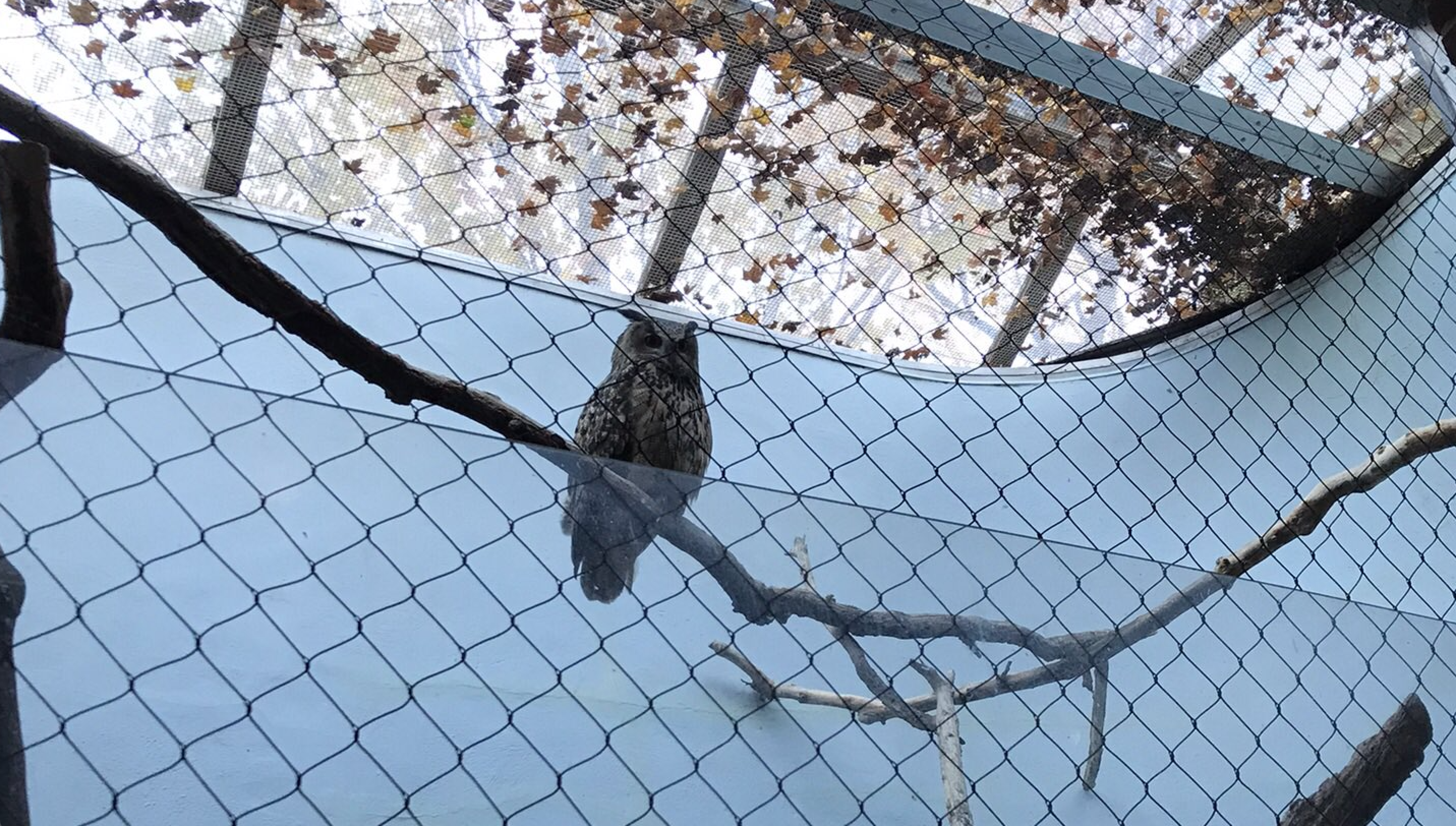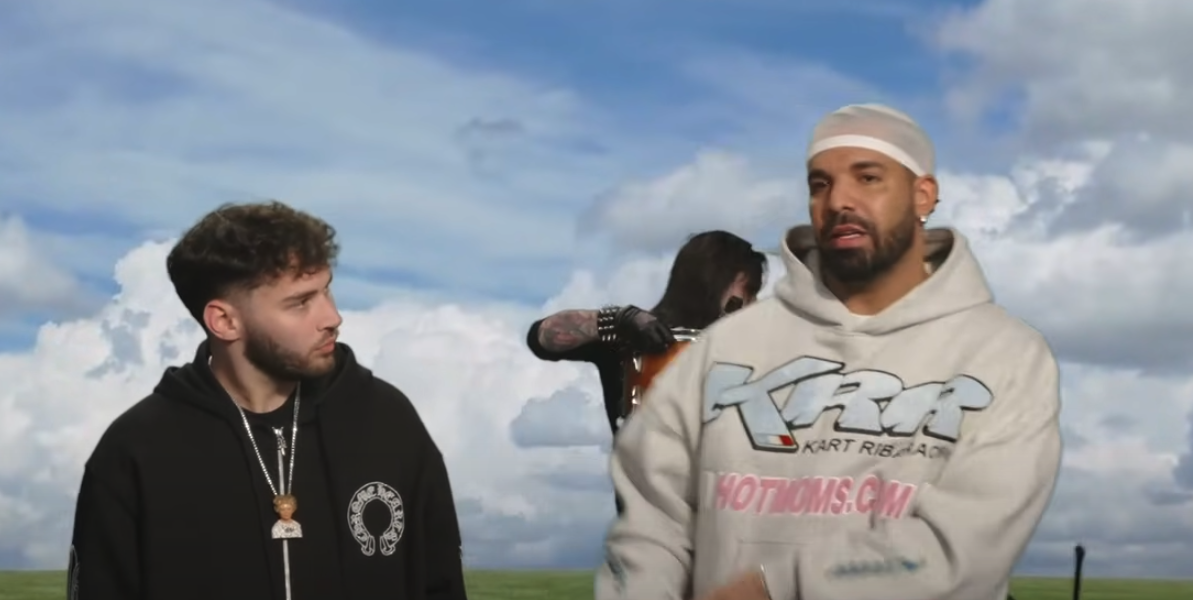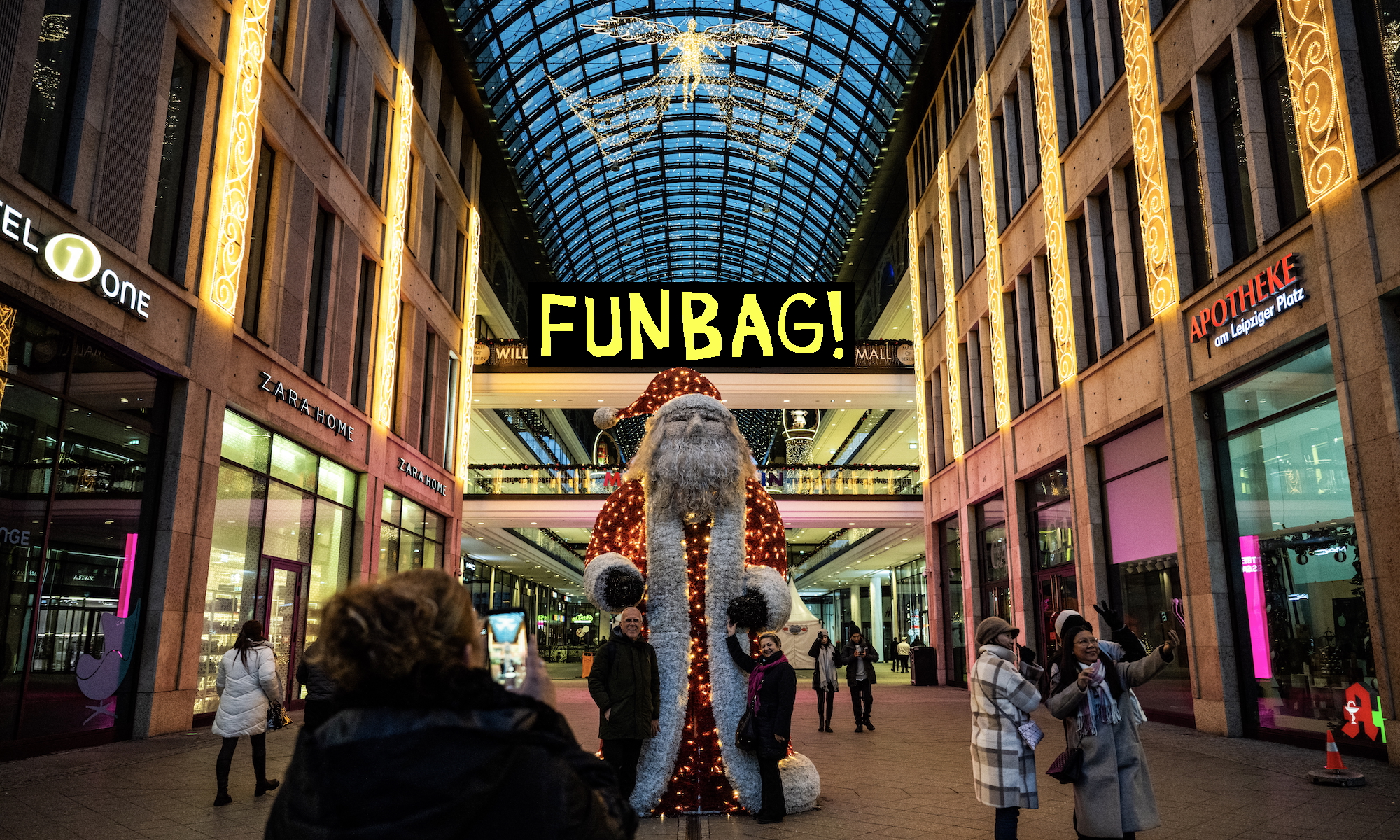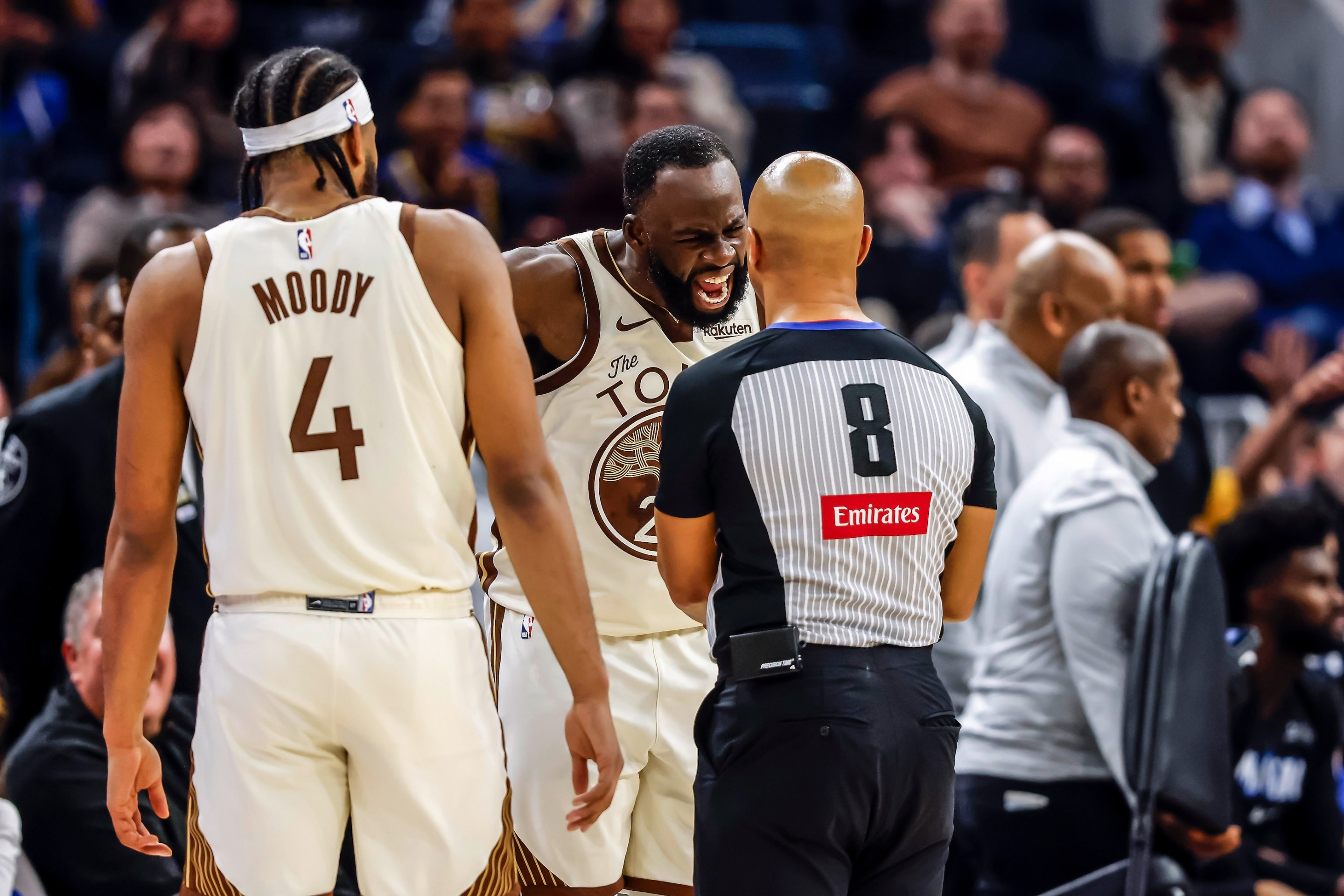As soon as Flaco died, in an attempt to soften our human guilt over the owl's untimely death, people began jostling to find the right human to blame. The Wildlife Conservation Society (WCS), the conservation organization that manages the aquarium and zoos in New York City, blamed whoever first tore open the owl's enclosure. "The vandal who damaged Flaco’s exhibit jeopardized the safety of the bird and is ultimately responsible for his death," their statement read. The zoo's statement failed to mention its own culpability—the gap in security that allowed the damage to happen. Other people blamed the property owners who installed non-bird-safe glass, which reflects the horizon and causes nearly a billion bird deaths across the country every year, or the people who lay out anticoagulant rodenticide that might have poisoned Flaco in the form of a meal. Allegations resurfaced on social media against people who interfered with the zoo's two weeks of attempted recovery efforts of the escaped owl, either out of ignorance or a wish to keep him free.
The blame, of course, falls on all of us. It's possible that Flaco might not have died without human meddling—the actions of the vandal, the zoo security staff, the property owners, the rubberneckers, the rat-trap-layers, etc. But it's certain that Flaco, one of 20 owls produced by a breeding pair in a captive breeding program, would never have lived without us. We bred these owls to be exhibited. We are as responsible for his life as we are for his death. And it was never up to us to determine which possible future might have been better or even preferable for Flaco: living up to 60 years in captivity or risking an early death amid the cars and glass and poisons of New York City.
In the days following Flaco's death, I kept thinking about his enclosure at the zoo—the room of steel mesh and glass that Gothamist reported to be "the size of a bus stop." This enclosure, as has been pointed out, is only about twice the width of Flaco's wingspan, making it impossible for the owl to fly. The walls were decorated with a mountain vista, a design choice not for Flaco, who never saw a mountain and presumably does not care about landscape paintings, but for us—a perfunctory gesture of the wilderness his ancestors called home. Perhaps Flaco could have reached old age in this chamber, but with what quality of life? In all of its statements, the WCS refers to Flaco's cage not as an enclosure but an "exhibit." This term first sounded like jargon but now makes sense. An enclosure implies a space that is cordoned off to keep something inside. An exhibit implies a space that is put on display. Both imply captivity, but one is more honest about who it serves.

The Central Park Zoo is not a shabby zoo. It is accredited by the Association of Zoos and Aquariums (AZA), a nonprofit that sets the standards and policies for animal care that are higher than those required by law. (The AZA recently came under fire for their handling of a sexual assault case, as Asher Elbein reported for Undark.) The association has accredited 238 facilities in the U.S. and other countries, which hold approximately 800,000 animals, and its accreditation stamp is sometimes called the "gold standard" for zoos.
In 2017, wildlife facilities held 128 Eurasian eagle-owls in their care. While 60 percent of those birds resided at AZA-accredited institutions; the rest were in other zoos without this prestigious stamp of approval. By these metrics, Flaco's exhibit meets, if not exceeds, the living environments of other captive individuals of his species. But accreditation is not a total guarantee on the quality of a zoo, and quality and welfare can vary across and within facilities. Providing a standard of living higher than what is required by the law does not mean there will not be welfare issues. SeaWorld Orlando has been accredited by the AZA for the past 35 years.
The AZA does not have specific care requirements for Eurasian eagle-owls, but publishes a general owl care manual on its website. The guidelines state that "large, naturalistic enclosures are recommended" but that, for holding a pair of owls together, "an acceptable enclosure size equals three to four times the wingspan of a bird." The guidelines note some exceptions: non-flighted birds will need less space, and ambassador birds utilized in education programs may be held in a mews (a type of birdhouse designed to house a raptor) that is at minimum twice as long as the wingspan of the bird. Flaco does not appear to have been an ambassador bird, a designation for animals who are often transported outside their enclosure.
One of the AZA's accreditation standards states that "All animal enclosures ... must be of a size and complexity sufficient to provide for the animal's physical, social, and psychological well-being." In the wild, owls are generally not a social species and some species pair off just for the breeding season. But the Eurasian eagle-owl remains with a mate for life. I am not an owl husbandry expert or biologist, and my reactions to the size and nature of Flaco's exhibit are informed by my own human bias—what I would deem necessary for my own physical, social, and psychological well-being. But I don't think you need to be an expert to imagine what spending 13 years alone in an enclosure too small for flight would be like for a bird that evolved to swoop through open spaces and hunt in the air.
When I asked the AZA about the criticisms of Flaco's cage, Betsy Hildebrandt, the senior vice president of external affairs at the AZ responded in an email: "It’s important to note that our standards are performance based rather than engineering based, meaning they measure the level of achievement considered acceptable and allow choice of method to meet an end goal (whereas engineering standards require exact and precisely measured steps with little or no variation in method to meet the end goal). This is especially important since animals must be managed and cared for on an individual basis. For instance, a geriatric owl with limited mobility does not require (and will not utilize) the same space as a young, mobile owl."
In other words, the AZA does not make institutions obey specific instructions for care, such as the specific dimensions of an enclosure or a set number of branches to perch on. Their care manuals, for owls and other species, are guidelines and not enforceable mandates. Instead, they base their accreditation on performance, which offers zoos more flexibility in meeting the AZA's ultimate stated goal of ensuring animal welfare. But this flexibility can lead to oversight, which might look like an owl living in an enclosure the size of a bus stop. Flaco was not a geriatric owl with limited mobility; he was a young owl who was clearly capable of utilizing space.
It also seems curious that the WCS has not published or shared any photos of Flaco sitting inside his exhibit, only close-up portraits of the owl. The WCS did not respond to my email asking for photos of Flaco's exhibit. The only photo I could find online of Flaco in his exhibit was taken by Eleni Palmos, a zoo visitor. "Our poor Flaco was in such a tight cage," Palmos replied to me in a tweet after I asked if we could include the photo. "He would not have gained such love if he weren’t free." It seems one good way to honor Flaco's life would be to reconsider our relationship to zoos and what we expect of them. If seeing Flaco in his cage made us feel so sad, why do we keep going to zoos?
We are raised to think of zoos as institutions in service of animal conservation, an increasingly vital task in the worsening biodiversity crisis. But zoos only recently rebranded as champions of conservation, moving away from their origins as for-profit metal menageries, as Emma Marris wrote in her op-ed for The New York Times, "Modern Zoos Are Not Worth the Moral Cost." Marris points out that many zoos such as the Wildlife Conservation Society are involved in conservation efforts. In 2022, AZA facilities spent about $252 million on conservation efforts in 119 countries. This is a large sum to give to conservation efforts, but, as Marris notes, represents just five percent of the $4.9 billion that those facilities spent in 2018 on operations and construction. And only 10 percent of wildlife exhibitors in the U.S. are accredited by the AZA, meaning many zoos are not required to do any conservation work at all.
Perhaps a better example of zoos' contribution to conservation is the existence of captive breeding programs, such as the one that produced Flaco. These programs create relatively genetically diverse reserve populations of animals that, theoretically, could be reintroduced if their wild counterparts found themselves in dire straits. This has already happened—captive breeding programs with participating zoos have resuscitated species abroad, such as the Arabian oryx, and buoyed highly endangered species in North America, such as the black-footed ferret. But only 900 of the 6,000 species held by AZA-accredited zoos are classified as "Vulnerable" by the International Union for Conservation of Nature (IUCN). The IUCN lists the Eurasian eagle-owl as a species of "Least Concern," so their breeding program functionally exists to maintain a steady supply of Eurasian eagle-owls to be shown in zoos. The vast majority of the 800,000 animals held, and sometimes bred, at AZA zoos will live and die in captivity.
In a perfect world, wildlife could, as their name suggests, live in the wild. But, as Barry wrote, what wild? We've taken over the planet and razed their habitats for agriculture. Until now I had never written about Flaco, his escape or life on the lam, because the science journalist in me knew the ideal, and arguably most ethical, outcome in the eyes of many researchers was Flaco's safe return to captivity. I suspected rooting for his freedom would be like rooting for his untimely death. But when I thought about his exhibit, the prospect of placing that owl back into that cage when he had seen and experienced so much of the world, when he had flown, did not feel so ethical after all. As a science journalist, I often speak to researchers and staff at zoos for their expertise on the animals they work with, whose experiences they may understand more deeply than anyone else on the planet. And yet I do not go to zoos, because my enjoyment would be overwhelmed by my unease.
So when I reluctantly and redundantly pitched Barry the idea of another Defector Flaco blog—reluctant because I felt my take would be unpopular or my feelings too complicated, and redundant because Kelsey and Barry already published such great Flaco blogs—he half-jokingly suggested the idea of the Stupid Zoo, which would be populated only by animals unbothered by being in captivity: sea stars, flatworms, things of that nature. It's a good idea, and it might even encourage people to take interest in smaller, less charismatic animals that are in the shadows of the conservation spotlight. Perhaps it explains why I felt no guilt watching a colony of leaf-cutter ants march through a labyrinth of orbs and tubes at the American Museum of Natural History. Or why I find the Monterey Bay Aquarium's live jellyfish cam so soothing, filming a tankful of beautiful brainless creatures going about their day, no happier in captivity than outside of it because they do not experience happiness at all.
Maybe the thing that unsettles me most about zoos—beyond the obvious examples of highly social and intelligent creatures like orcas and elephants that we cannot keep in captivity without causing them some obscene, stunting distress—is that we are the only species with the gall to collect and detain other living beings primarily for our entertainment. For all the interspecies wonder, curiosity, and compassion a zoo can teach people of all ages, a zoo also instills in us a sense of separatism from the other species whose agency we have chosen to take away. When we exit the zoo, we understand we are the only species allowed to do so.







